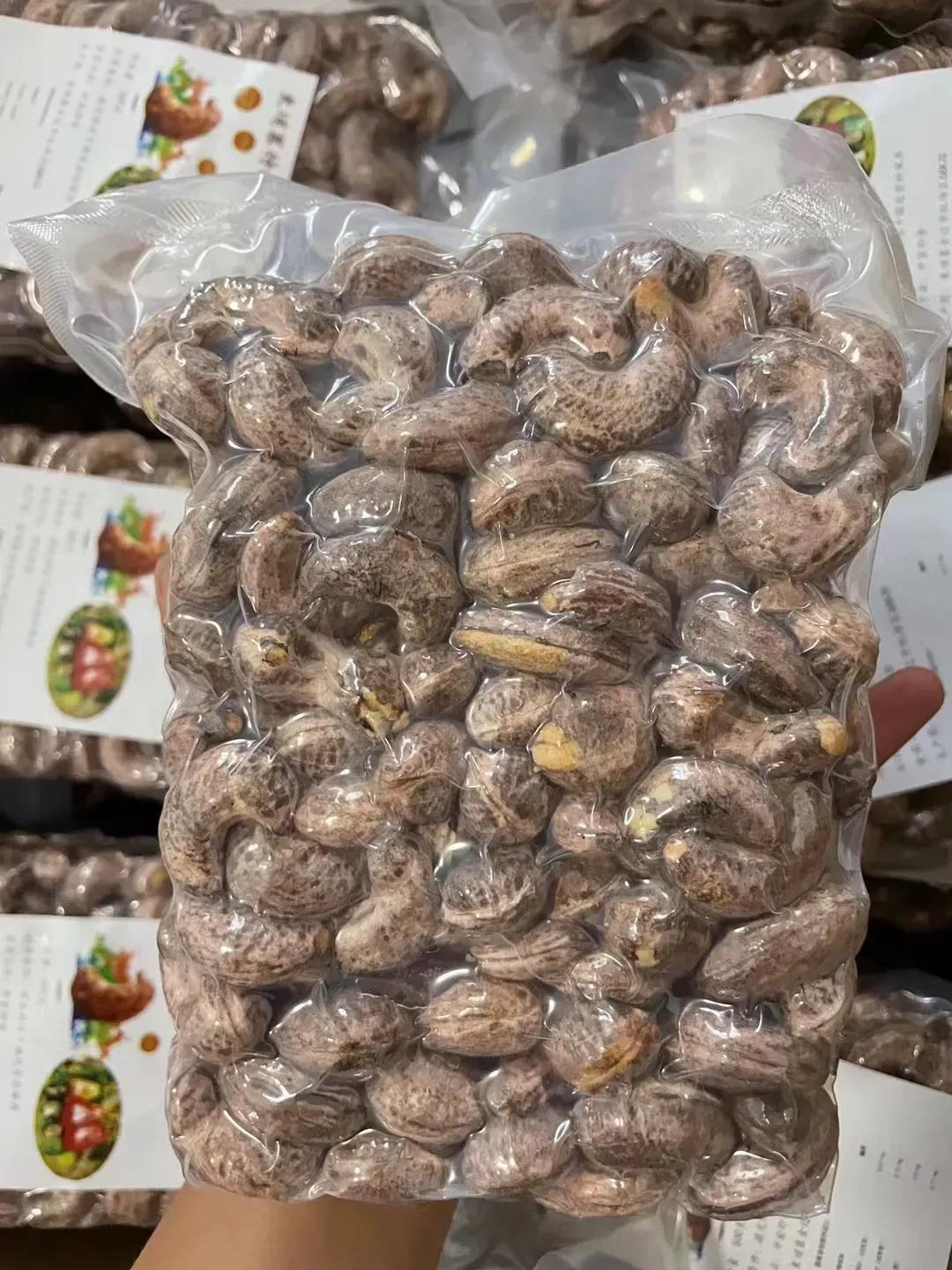To understand a country's traditional culture, you need to walk into their market, the Central Market (also known as The New Market) in Phnom Penh, the capital of Cambodia, which not only meets the shopping needs of the local people, but also is a must-visit traditional market for all foreign tourists to Phnom Penh.
According to the old overseas Chinese in Phnom Penh, the Central Market used to be a swamp, and whenever the rainy season came, the water of the Tonle Sap River would pour into the hinterland of Phnom Penh, and people had to rely on small boats to travel. Later, the French who invaded Cambodia filled in the lake and built land, and finally built this large market. Now the Phnom Penh municipal government has built an antique stone bridge in front of Ta Chai Mountain to tell future generations that there was once a bridge here, and there was a river below to sail.
One of Phnom Penh's busiest markets, the Central Market was designed and built by a Frenchman who looks a lot like the lotus bud-shaped stupa in Angkor Wat. Looking down from the air, the Central Market resembles a giant electric fan. The architectural design of the market is very clever, the interior has no beams and no columns, it is accessible in all directions, the structure is novel, and the ventilation openings in a circle allow the air circulation of the entire market, which is cool and pleasant.
The whole market is full of goods and everything you need. The small stalls in the market are very lively, often with many foreign tourists, as well as locals buying daily necessities here. In the center of the market, there are handicrafts and jewelry and watches frequented by tourists, a little outside the circle selling clothing, shoes and hats and daily necessities, and the outside circle is an area selling fruits, seafood, flowers, and vegetables.

A special snack area has been set up in the market to cook Cambodian flavored foods on the spot, and foreign tourists can not only experience the living habits of the locals in the snack area, but also a good place to test their gastrointestinal function. Many of the stall owners here can understand Chinese, and the conversation is basically the descendants of Teochew people who escaped in the 1940s, so don't worry too much about language communication.
I often buy large shrimp and crabs from TheoJiao Province here in the market to a restaurant on Moniwang Avenue in Phnom Penh for processing, the owner of the restaurant is from Jiangsu, the people are very good, often chat with us, tell us a lot of things that happen in Cambodia, and at the same time let us come and go to pay attention to safety.
Another stall I often patronizes, is to sell cashews and dried mangoes, the boss lady is a descendant of the Chaoshan people, Chinese speaking very well, she said that because Cambodia does not have a good cashew processing plant, their cashews have to be taken to Vietnam to process, and then taken back to the central market for sale, Cambodia's local cashews are relatively larger than Vietnam's cashews, she also taught us how to distinguish.
There are also a variety of fruits in the market, including mango and rambutan are my favorites, and you can also find grilled shrimp, grilled fish, kebabs, baguettes, and many local desserts, which locals can eat for as long as they spend $1. People with the guts can also challenge fried insects, including creatures such as fried spiders, crickets, silkworm pupae and grasshoppers, which make people look numb, I dare not try, but it is a delicious snack in the hearts of the locals.
If you're visiting Phnom Penh, the Central Market is worth a stroll, check out the old French domes, learn about the Khmer folklore, eat local specialties and don't forget to haggle.